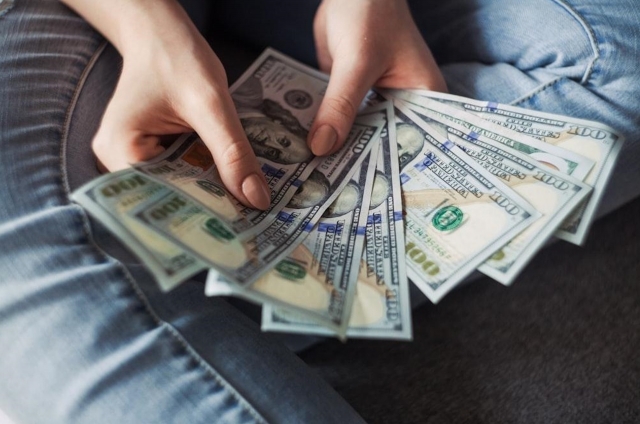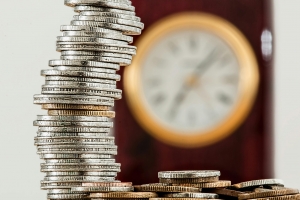When it comes to personal finance advice, the suggestion to build an emergency fund stands front and center. But if you are new to managing your money, the term itself can sound strange, and the tip to build it can seem even more perplexing.
But that's where the magic of learning shows its charm: By making an effort to know what an emergency fund is, why it is necessary, and how to put it together, you can master this highly crucial aspect of money management.
To help you get your financial ducks in a row, here's an overview of emergency fund essentials.
What is an Emergency Fund?
An emergency fund is a financial safety net that helps you cover your expenses in events where you suffer a loss of income or need additional money. Typically, an emergency fund ranges between 3-6 months of your living expenses. Some people can find ways to cut down on household expenses to decrease the amount needed to build a proper emergency fund. But in a lot of cases, that is not possible. This means that an emergency fund can be a large amount for you to build and save.
Emergency Fund vs. Cash Cushion
If you have ever used tax business software or accounting programs, you might have heard of an emergency fund and a cash cushion being mentioned together. Some people often mix the terms and think of them as being the same thing. But this is untrue. While an emergency fund is worth your household expenses for 3-6 months, a cash cushion is typically $300–$1,000. The latter is also typically used to cover sudden overdraft fees and save you from paying avoidable bank charges.
Benefits of an Emergency Fund
An emergency fund has various benefits that include, but are not limited to, the following:
- It helps you pay for sudden medical bills for yourself, your family, and your pets.
- It lets you cover household expenses after loss of employment.
- It allows you to pay for urgent home repairs or car repairs.
- It saves you from relying on high-interest loans and credit cards.
- It helps you maintain good credit by keeping you self-sufficient.
- It enables you to have peace of mind.
How do I build an emergency fund?

You can build an emergency fund slowly, so you can save up for a big amount without feeling a burden on your shoulders. Typically, you create your emergency fund in a place like an online savings account that you cannot easily access for withdrawals. With that, you can also adopt the following suggestions to easily build an emergency fund.
Dedicate a Portion of Your Income to It
The first step towards building an emergency fund is creating a budget to control your expenses. From there, you can dedicate a portion of your income to add to your emergency fund, month by month.
Be Patient With Your Saving Efforts
Rome wasn't built in a day; an emergency fund that's worth multiple months of your regular income falls under the same category. This calls for you to be patient with your savings. If necessary, you can use a budget planner to build this habit.
Keep Tabs On Your Progress
If you have ever used a goal-setting app, you know the lengths you need to go to apply a new discipline. This includes monitoring your progress every month to see how close you are to your objective.
Don't Break Into Your Emergency Fund Unless Necessary
There might be times when it would be tempting to break into your emergency fund for a little retail therapy or vacation plans. But this is a big no. To avoid accessing your emergency fund until it's necessary, try out these tips for creating a budget that actually works.
By following these suggestions, you can put together your emergency fund without undue stress. With a little patience here and a bit of self-control there, you can reach this crucial goal in due time.






